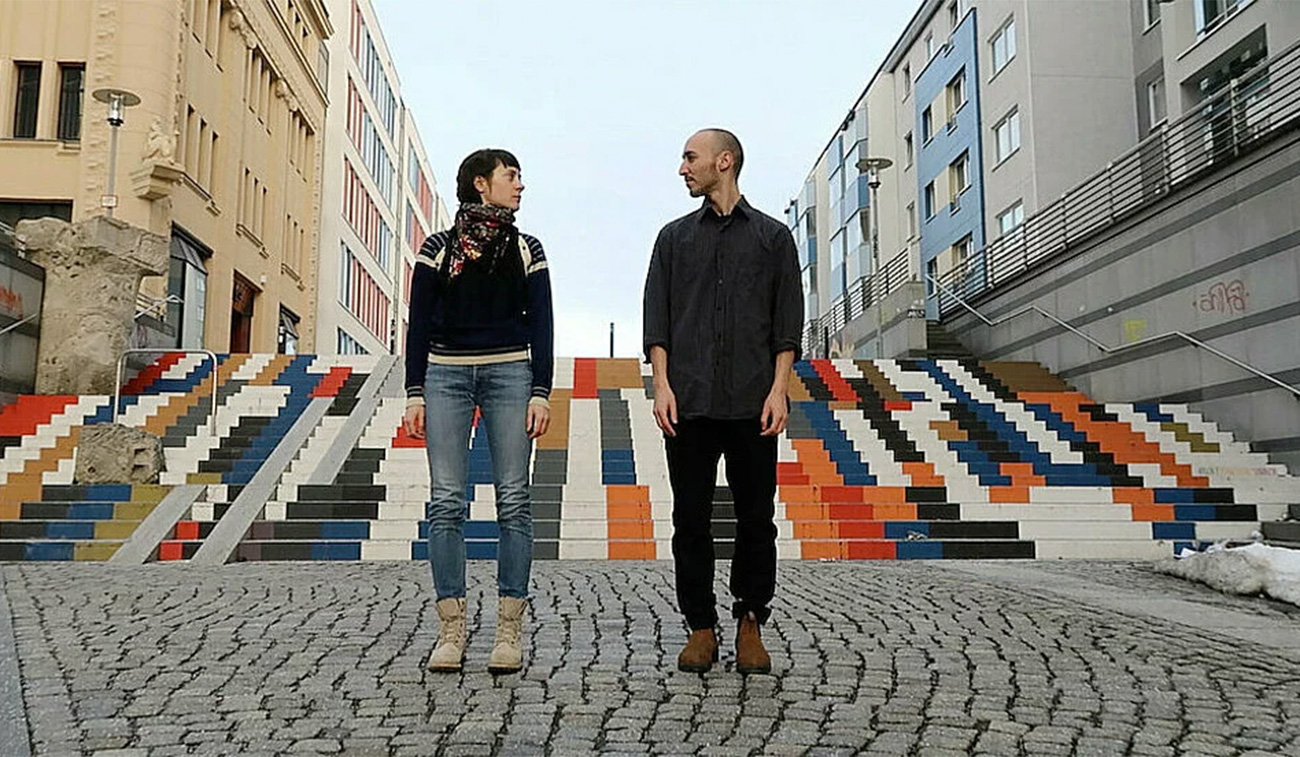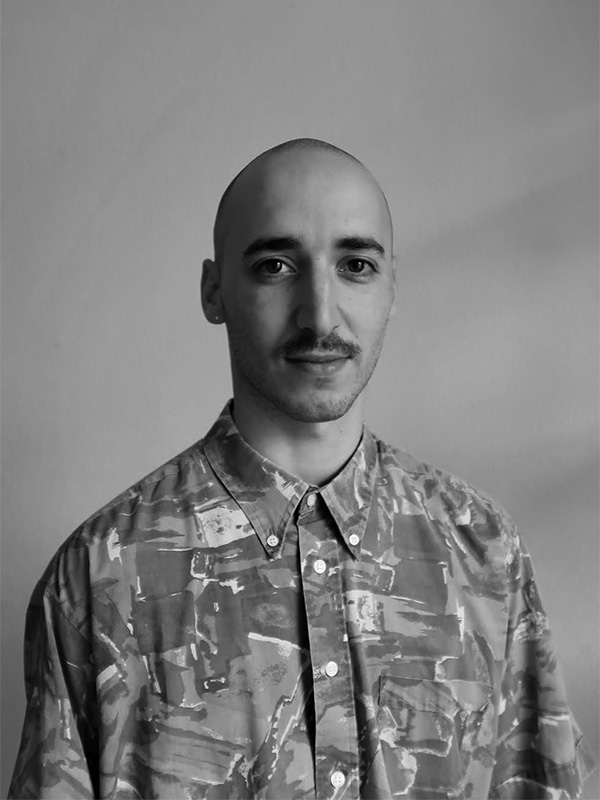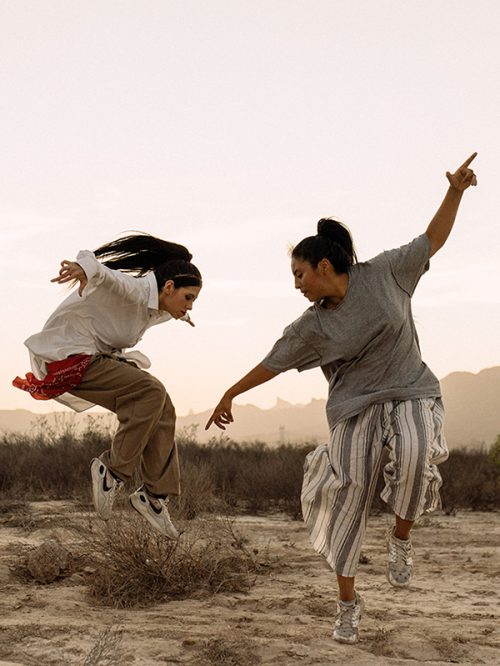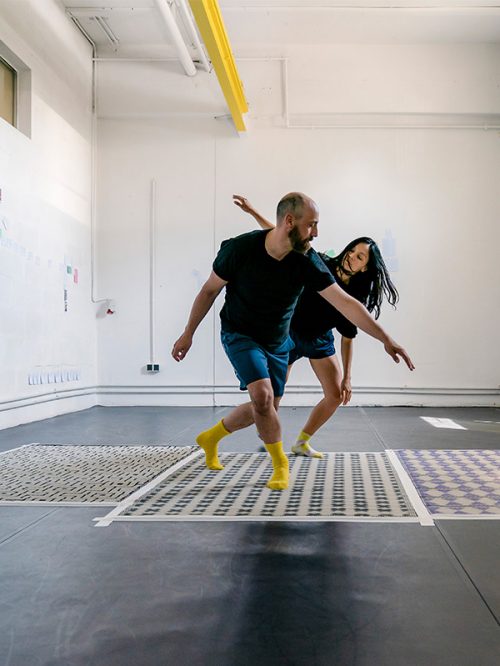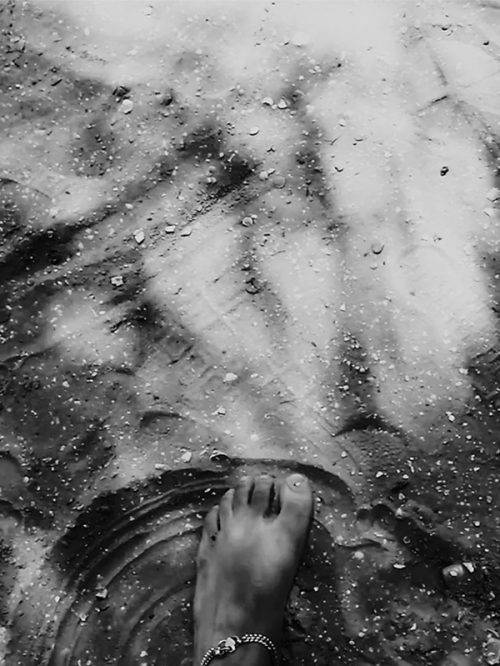Reaching Margins
This text is my commitment to *you-
an unending, entangled, and mostly
unfigured being
through multiplicity of pathways
I aim
to reach an archive that is unsealed, non-guarded and mostly inclusive of what non-dancers will not consider
as an archive or archivable \
but seems crucial
like an impossible reach
like a vow to the unrealisable
*you as the archive that is registered in and on and through my body, in movement, always.
“Dear familiar and existing dance archive,
You are not enough,
You are based on technique, masculine dominance, and narrow narratives.
We decided to break you through, to ask what did you forget about? What else is there? Beyond and besides the famous and well-studied names.
We hope for your understanding and wish you to expand and multiply.
As we undo your control and allow forgotten & unmentioned hi-stories to return and unveil otherwise, please join us in this unstable and exciting ride.”
Touching & Moving Margins, an ongoing project by Sasha Portyannikova (a dance artist that works around “Soviet Gesture”), Anna Chwialkowska (anthropologist, dancer and dramaturgist) and myself, deals with attempts, practices and approaches or alternatives to the familiar dance archive.
The project started from surprise, moved on to rage (against the white, successful and well repeated, unquestionable known dance figures and facts from canonical western European dance history that keep on being repeated), from there it continued as an overly ambitious proposition for a formation of work towards a counter archive/ research laboratory, which is currently ever shifting and reforming as:
A web-platform which is taking the shape of an alter-archive, online magazine, study group with international participants and guest thinkers. It has an open ended approach and constant interest in leakages and possibilities for transformation.
Some of our ongoing questions at the Touching & Moving Margins project are-
How do we alter the well repeated hi-stories?
How do we listen, give stage and tools for one another in the field, in order to understand dance heritage as a complex, problematic and wide ranged topic?
How do we stay curious by one another’s hi-stories, perspectives and curiosities?
How do we currently practice and transform knowledge and artifacts from the past?
How do we want to preserve, archive, un-archive, otherwise-archive and relate to archival materials from the past?
How do we problematize, question and challenge the perspectives that we, the participants, dance makers and researchers pose?
How does the dance archive remind us of the incompleteness and partiality in the attempt of dance to be archived?
How do we make our own dance archive that does not follow familiar archives?
How does invention, fabrication and hacking support us in such attempts?
We decide to bring chosen and unchosen ancestors to the forefront, our mission to include even if just on screen our sources of inspiration, examples, notes, videos, quotes and manuals to conjure what we did not learn or know about, or what others make us doubt that’s worth investing in.
We need to start making our own mistakes- mysteries
We need to practice kinship and alongsideness
We need to invest in honest, long lasting and patient curiosity
We need to remember and re-member how our pasts inform us, over and over
We need to acknowledge how impossible attempts are worth reaching
We need to keep on refusing and following unfamiliar paths
We need to begin again and again and commit to the unfamiliar that is happening when touching on uncomfortable doors and bridges
We need to move our knowledges, shake it, relate it and be responsible of maintaining the duration- processes last, beyond the producing- neo liberal machines
Continuing, how to continue?
I propose walking backwards, in a city or in the forest, in the midst, towards the future looking at the past, sensing with the heels, giving the toes a rest, a moment
Where did the project start? In August 2019 I was invited to take part in a program that brought together group of alumni and dance students from across the world to exchange, learn and be part of The Century of Dance, in which Akademie der Künste, Berlin organized an exhibition, program of workshops and performances that aimed at looking at the dance heritage of the last 100 years.
This program fulfilled its own aim and featured the most famous, white and heteronormative choreographers of the last century. It was like an absurd performance of the known, the successful, the repeatedly mentioned. A repetition that makes one exhausted, underwhelmed and leaves you questioning for what reason such repetition is needed.
Some colleagues – students and graduates that were selected and invited alongside myself, were wondering, why the organizers did not create situations for exchange and learning from another if that was our reason of being selected to take part, there was no space for our own research regarding dance archive to enter into exchanges. How come we don’t find a real place to question, exchange, interrogate and doubt (within the programmation and otherwise- as dance artists that are at times academics and at times not) ? Why are we brought from all over the world for this centro-european, unreachable performance of what now would seem unimaginable to position without any criticism or eyebrows lifted.
The feeling of rage, injustice and performativity of institutions in highlighting dominant and power structures was troubling and concerning; and yet it somehow asked for a response.
That is where Sasha and I met. I came to the programme in the midst of my MFA studies from the University of the Arts program in Philadelphia (led by Donna Faye Burchfield and Thomas F. DeFrantz) which is critical and actual in its approach. Inspired by these studies, I was filled with questions and willingness to subvert what was proposed in the campus and manifest to the surface ‘an otherwise’ to what seemed unbelievable as a representation of dance history in Germany nowadays.
I was open to thinking of something else that would provide an opening to what the system, institution and structures of knowledge teaches us as a clear, one sided and linear narrative narration of history, dance making and practice making.
The individual research of Sasha is called a ‘Manual for the Practical Use of a Dance Archive: Experiments in Choreology, or Where the Soviet Gesture Has Led Us.’ In this book she and her co-author Dasha Plokhova research an archive of textual documents. Those documents capture dance and movement experiments carried out by the board of researchers in post-revolutional Moscow in 1923-1929. In my research, I look at the development of homages, practices and approaches to my familial – Jewish ancestors and expanded family – Homosexual male artists who died from HIV- AIDS and my relation to them poetically and through embodied gestures, choreographic and artistic making throughout various encounters. We started from conducting Interviews and moved further to developing practices in a lab that moves into symposium around dance archives from the margins, attempting to give space and stage to knowledge that is unnoticed, behind or outside the main stages and one that is important in order to get a better understanding or a wider angle of how did we get into this moment in time through the lens of dance.
We found great importance in engaging firstly Berlin-based dance artists and later on ones that are based in Germany and slowly expanding internationally, to emphasize the localized and situated perspective.
We attempted to reach perspectives and approaches whose starting points of inquiry are outside of Europe, and ones that question institutions, linear knowledge production, decolonial efforts, dance education and partial aspects of the history of dance that transform the ways we tend to know and learn it.
I want to conclude with some keywords that are crucial for us:
Inclusion
Our project aims to expand and rethink who gets to enter the traditional canon and archive of dance. As dancers who grew up on a familiar and well narrated story of how western dance became to be what it is nowadays, we desire to rethink, question and doubt the story by voices from the margins, non Western European perspectives and dancers/ dance makers/ teachers/ dance critics/ thinkers and figures that shaped us and our knowledge about what dance is and can be.
Partial
The ‘Touching & Moving Margins’ projects aim to expand our perspectives, and yet it is always partial, in the making, on the way to try and collect the uncompletable. We started by looking at our individual reseraches that deal with our situated archives of inquiry (queer, familial and underecognised ones) and from there we reached to allies to join us.
What seems crucial here is our desire to ask how to include into this alter archive- practical tools, contemporary understandings and experimental approaches that does not necessarily follow what archive is meant for, but rather to push against fixity, exclusion, hierarchy and rigid categorization in the field and in our ways of knowing-doing-practicing-documenting it.
Rage
The idea for the Margins project started from anger, disagreement and demand to change. I see this as a model, anger can be a motive to act, to manifest, to gather and collect allies and demand for recognition and support.
Suggested Citation:
Margaliot, Nitsan. 2022. “Reaching Margins“ In: Moving Interventions 2: Between Non-cooperation and Community-building Practices of Resilience in dance – through dance – because of dance, December 2022. Edited by / Herausgegeben von: Sarah Bergh and Sandra Chatterjee, with Ariadne Jacoby (CHAKKARs – Moving Interventions), translated into German by: Anja Tracksdorf (Tracksdorf Translations). eZine published by /veröffentlicht von CHAKKARs – Moving Interventions.
About the author
Nitsan Margaliot is an Israeli Berlin-based choreographer, dancer and curator entangled with queer archives, fabulation, and impossible encounters.
Nitsan holds an MFA from The University of the Arts in Philadelphia, where he evolved his research around subjective relation to time through writings and installations.
In 2020 he initiated TouchingMargins.com, a web-platform, alter-archive together with Sasha Portyannikova and The Platform, an organization working to create sustainable conditions for freelance dancers in Israel together with Tamar Sonn.
In 2022 he had research residencies at HELLERAU and at tanzhaus nrw, he will be creating a choreo-installation, group work at SomoS Arthouse Berlin and a solo work at PATHOS Munich, alongside that he co-curates Movement Research ACROSS at Galerie Wedding.
His works have been presented at 14StreetY NYC, Vitlycke Centre for Performing Arts Sweden, Israel Festival, Radialsystem, English Theatre Berlin, Soundance Festival – Dock11, Adama Festival, Jewish Community Festival – Frankfurt at LAB Frankfurt, Barnes Crossing, and Kelim Choreographic Center.


